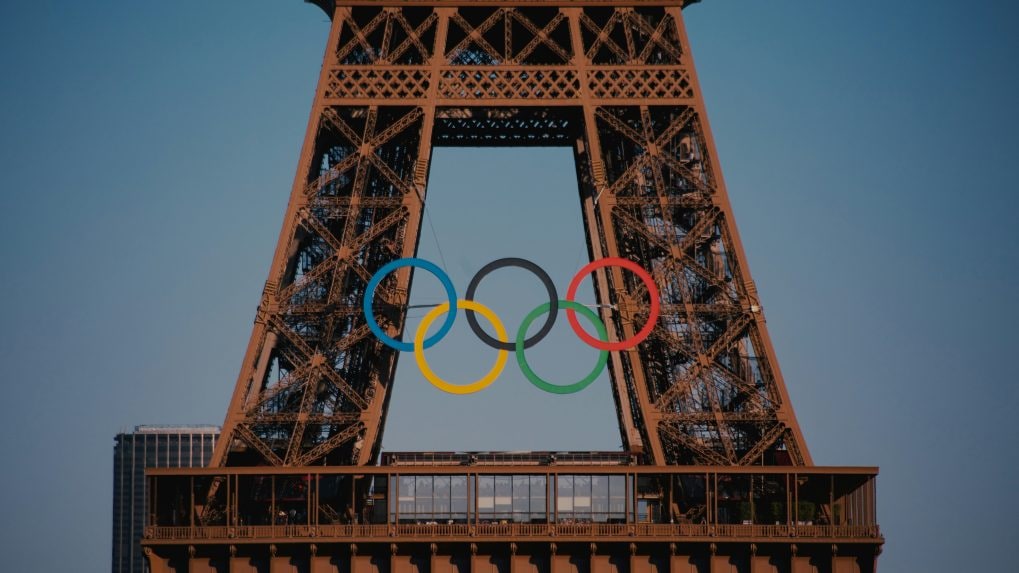Mega Sports Platforms: Infosys global CMO on the mega brand opportunity!
Sumit Virmani, Global Chief Marketing Officer, Infosys, writes about the power of sustained sports associations. Read Virmani's column Brand Breakthroughs exclusively on Storyboard18.
ADVERTISEMENT
It doesn't matter which part of the world you live in, which sport you follow, or the team you cheer for – chances are that over the last couple of weeks, you too were swept away in the Olympics fervor as were the brands all around us! Little wonder then that marketers nurturing these brands were all looking to share in the love that fans have for their favorite sport or athlete.
Several brands were jumping in, trying to get ahead of the others, in congratulating their national team or their brand ambassador athlete. In fact, some were near-reckless in their enthusiasm to get on the congratulatory bandwagon commending athletes that they have no real association with, sometimes, in the process, risking infringing promotional rights. Then again, that's a discussion for another time, another article.
For now, let's stick with brands and their exciting relationship with sports and sporting icons. Some of the biggest sporting events in the world, like the Super Bowl, FIFA World Cup and the Olympic Games, are marketing opportunities that brands plan for months and years ahead, often to unveil some of their biggest campaigns. After all, these events present unique and rare opportunities to connect with a large global audience in one stroke. Case in point - this year, the opening ceremony of the 2024 Paris Olympic Games was watched by 24.4 million people, including 1.2 million through video-on-demand services, making the show the most-watched event on French TV! 15 main sponsors – including big banner brands like Coca-Cola, Samsung, Airbnb – and 70 other companies made the most of the platform from a marketing perspective.
That said, there’s so much more than just audience-reach that determines the success of these sports marketing campaigns. The traditions of how and where brands present themselves and engage with their audiences are changing rapidly, and forward-thinking brands are quickly adapting. Let's delve into some of these shifts:
Move over linear TV
The monopoly of linear TV advertising, and big spender brands thereof, that has dominated live sports marketing is now all but ending. We’ve already seen how 18- to 34-year-olds watching the Super Bowl at home via cable plunged to 29%, while viewing on smart TVs and internet connected devices each grew by over 50%. Closer home, we’ve started to embrace connected TV for sports; The ICC Men’s Cricket World Cup last year, for example, was relayed through India TV’s CTV platform.
And more recently, with the Olympics, the availability of streaming platforms and programmatic ad buying around the Games is enabling brands with more modest-sized budgets to participate meaningfully. They are also able to personalize targeting and engage individual households – advertising in ways more effective and efficient. And of course, connected TV advertising also offers the potential for interactivity, including shoppable ads. Gen Z, in the meantime, is getting all their sports content, like their news, through highlights and clips on social media. Content creators, influencers, athletes, and social media platforms are leading the way and brands are riding them for marketing. Have you caught the Visa’s ‘Small steps, Olympic dreams’ campaign yet? It aptly celebrates everyone striving to move closer to achieving their goals – financial or in sports – one step at a time.
More purposeful than mere logo-slapping
So many brands with deep pockets buy out much of the advertising inventory and dominate the mega sporting platforms. With all that high-decibel marketing, it’s often about who’s-outspending-who or doing something remarkable to help stand out from the crowd. Taking the second path means doing so much more than simply slapping the brand, alongside clever lines, across channels just to get visibility. It’s about building a credible and meaningful association for the brand where the value it promises is clearly demonstrated for everyone to easily appreciate.
A good example is Alibaba and its commitment, made first in 2017 when it became Worldwide Olympic Partner, to help the International Olympic Committee transform the Olympic Games for the digital era. With its cloud infrastructure, cloud services, ticketing, and e-commerce platform services, Alibaba has transformed the Olympic fan experience. This year, for example, Alibaba has opened an interactive AI experience on the Avenue des Champs-Élysées to engage fans and showcase the future of shopping during the Olympic Games Paris 2024. The innovation lines up perfectly well with Alibaba's purpose – making it easy for businesses to do business anywhere.
Make it also about heart
We live in a complicated, sometimes needlessly tough and inconsiderate, world. The mental health and wellness of athletes is increasingly becoming part of mainstream sports conversations. Whether it is online and social media abuse of athletes or stress and burnout, these are issues that are part of the broader dialogue – especially suited for the big sporting moments which have the world’s attention. Brands will do well to contribute meaningfully and authentically in these and other such issue-based discussions. Asics, for example, has launched an initiative to help protect its sponsored athletes against online harassment and cyberbullying during major competitions. Partnering with Signify, a data science and AI company, Asics gives athletes access to services that support their personal and professional development and, importantly, helps reduce their exposure to toxic online content.
Appearing as a sponsor of a big sporting events, especially consistently over a longer period, can signal positive brand associations and cue greater confidence in the brand. Done right, in addition to promoting their offerings, brands get an opportunity to ride trends and cultural moments that can make them more memorable globally. Such is the power of the mega sports platforms!
Sumit Virmani is the global chief marketing officer at Infosys. He writes a fortnightly column series 'Brand Breakthroughs’ on Storyboard18.

